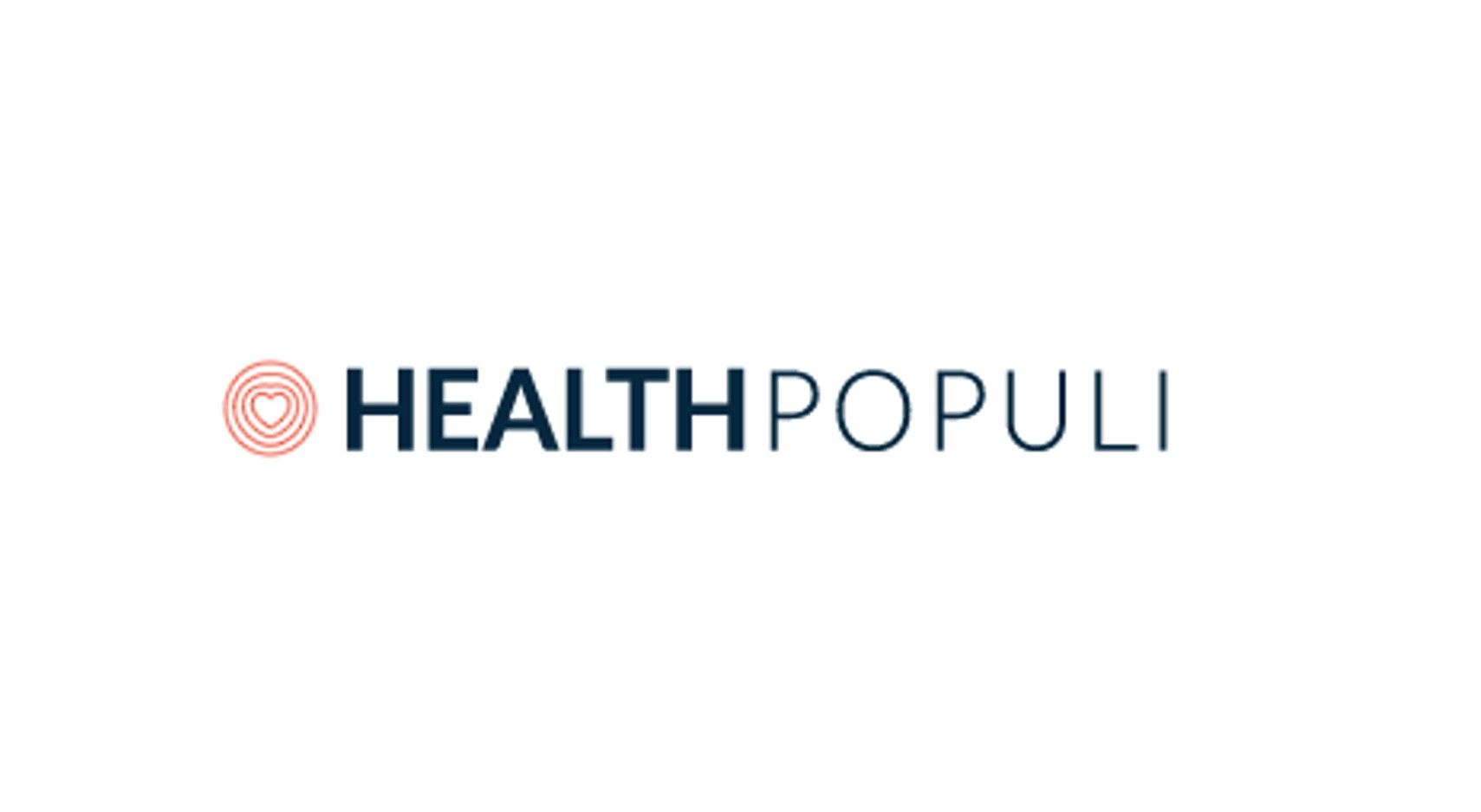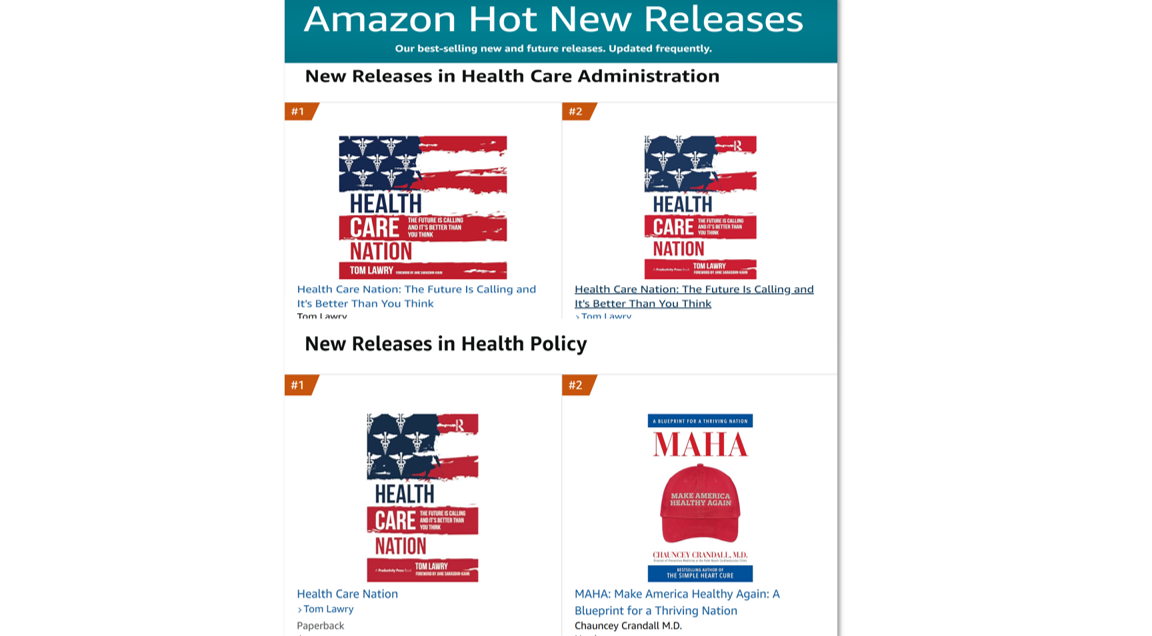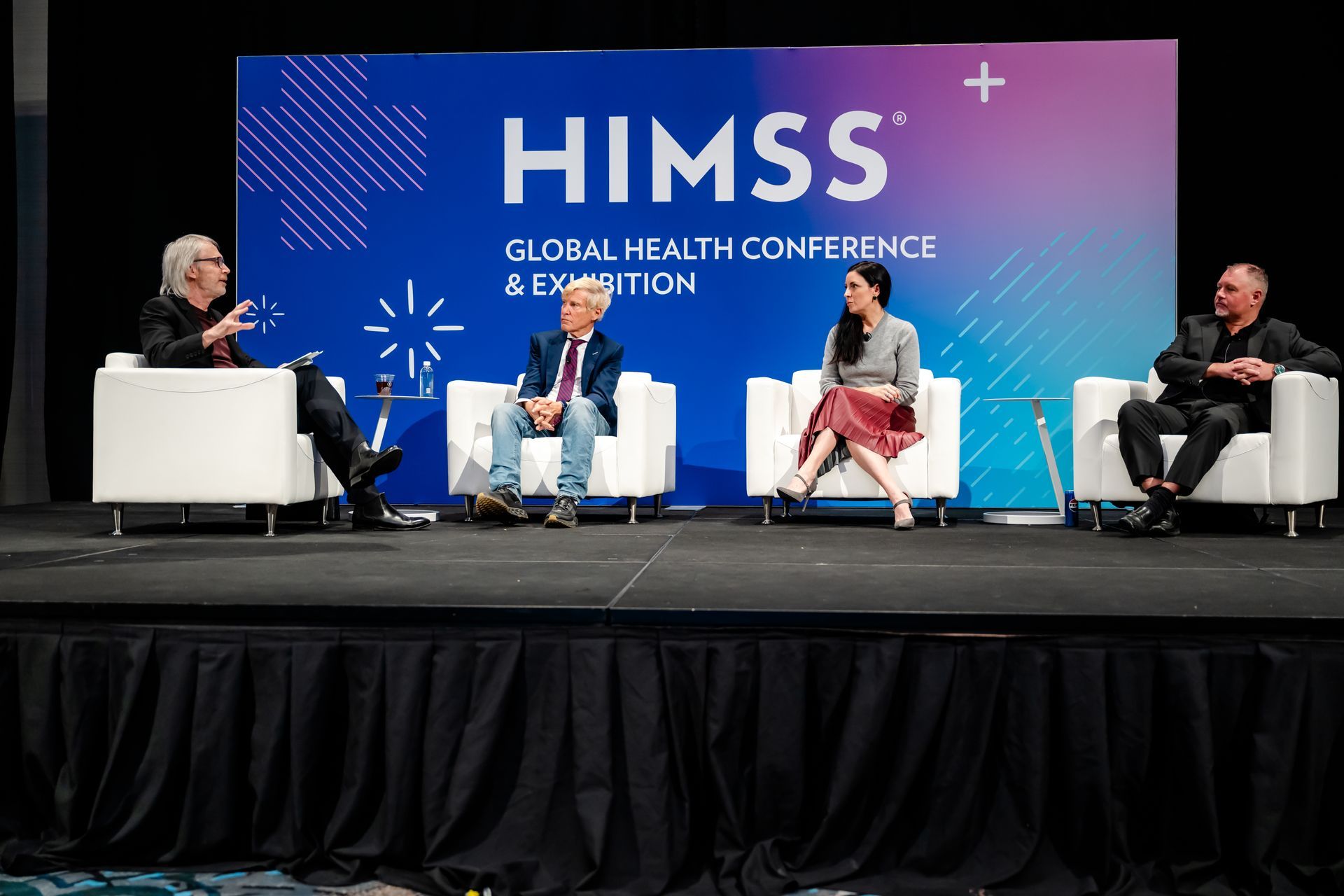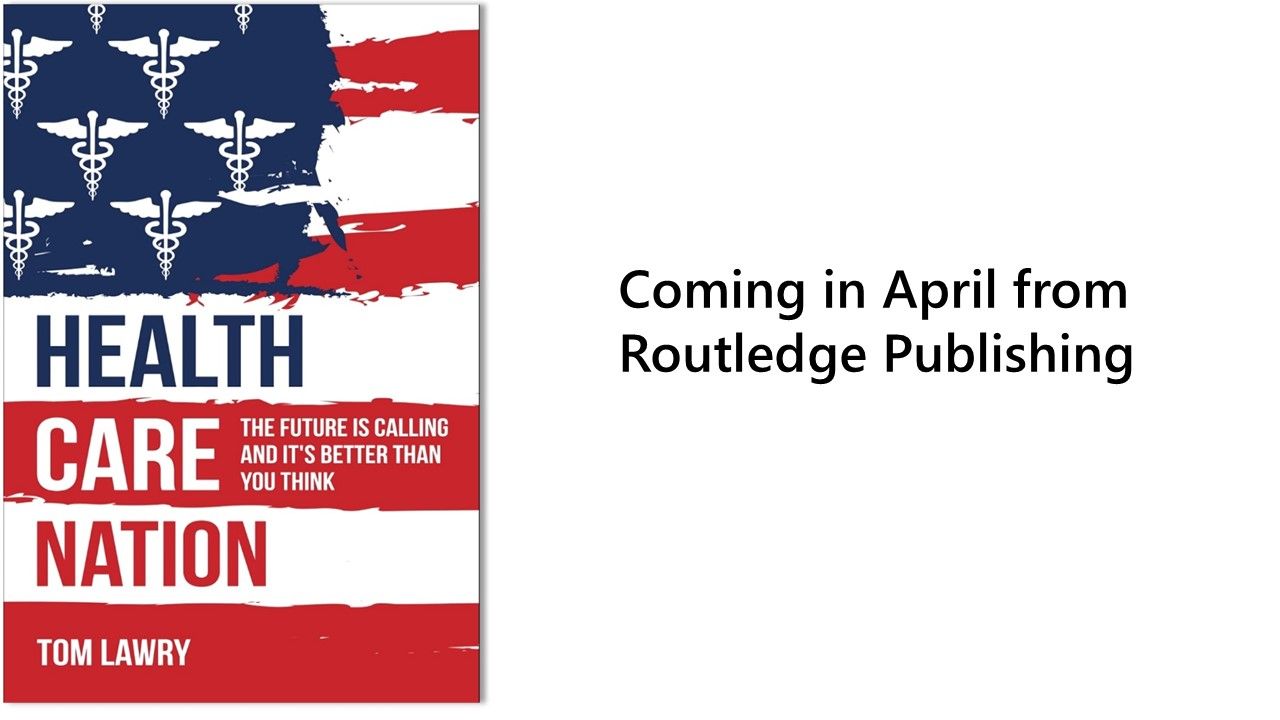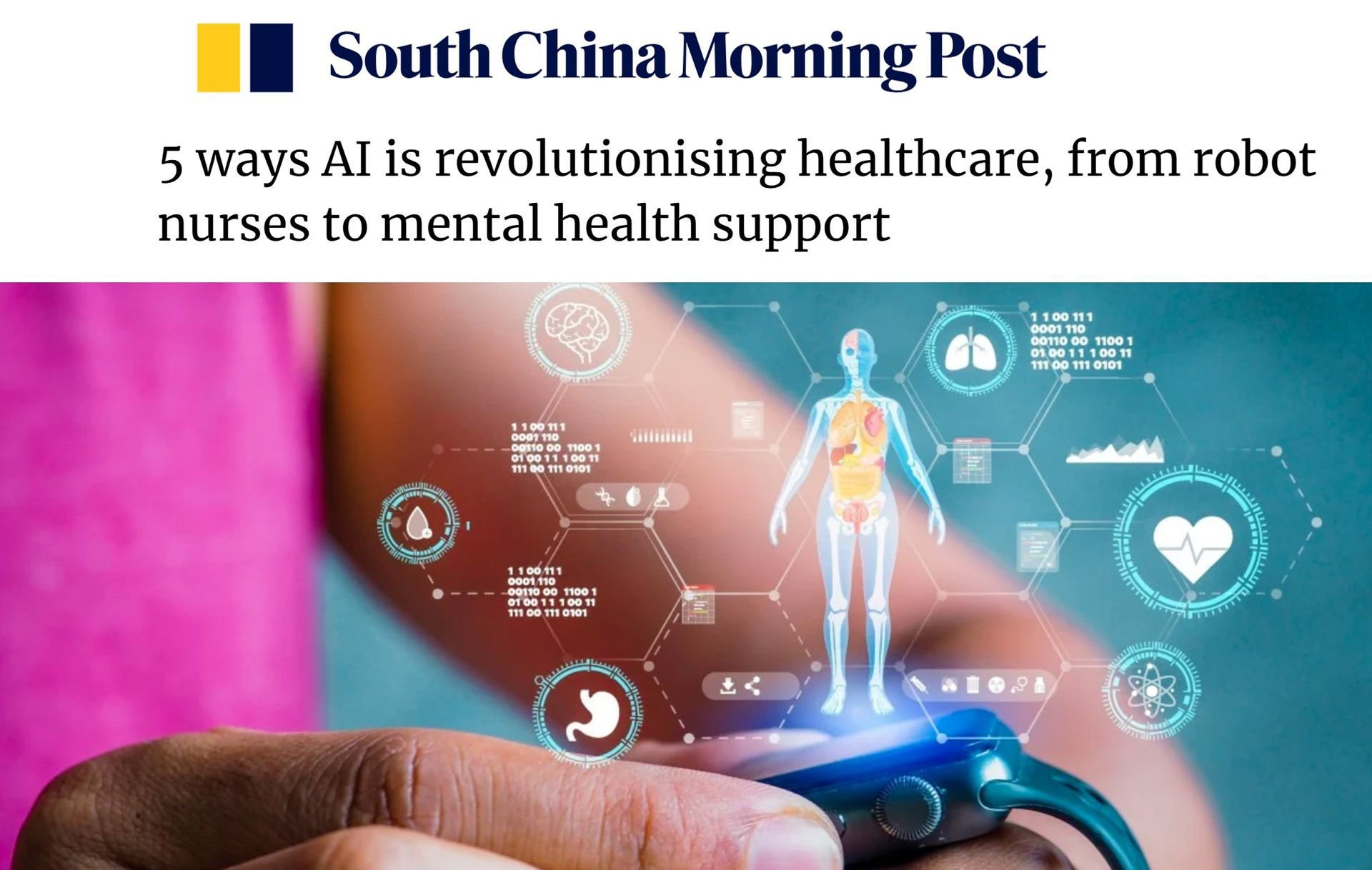AI in 2025 - Three Things to Know
With January comes a sea of predictions for 2025. Many are insightful, but if you're a health leader tracking AI developments, here are three emerging themes to pay attention to.
The Great AI Pivot: From FOMO to Value
Since the Fall of 2022, AI hasn’t been just a technological shift—it’s been a cultural phenomenon. Conversations about AI spread from the conference room to the dinner table. Organizations adopted it at breakneck speed, and the fear of missing out (FOMO) drove up to 60% of AI’s recent adoption. One study found that 63% of leaders feared their organizations would fall behind if they didn’t join the AI gold rush.
In the coming year, forward-thinking leaders will pivot from pursuing limited-value AI applications to investing in ecosystems of people and processes that generate scalable, repeatable value (think innovation flywheel). This is a different mindset compared to the approach taken by many leaders in the last two years. It’s a recognition that AI is here to stay and that creating “value-at-scale” requires the adoption of a growth mindset for what’s ahead.
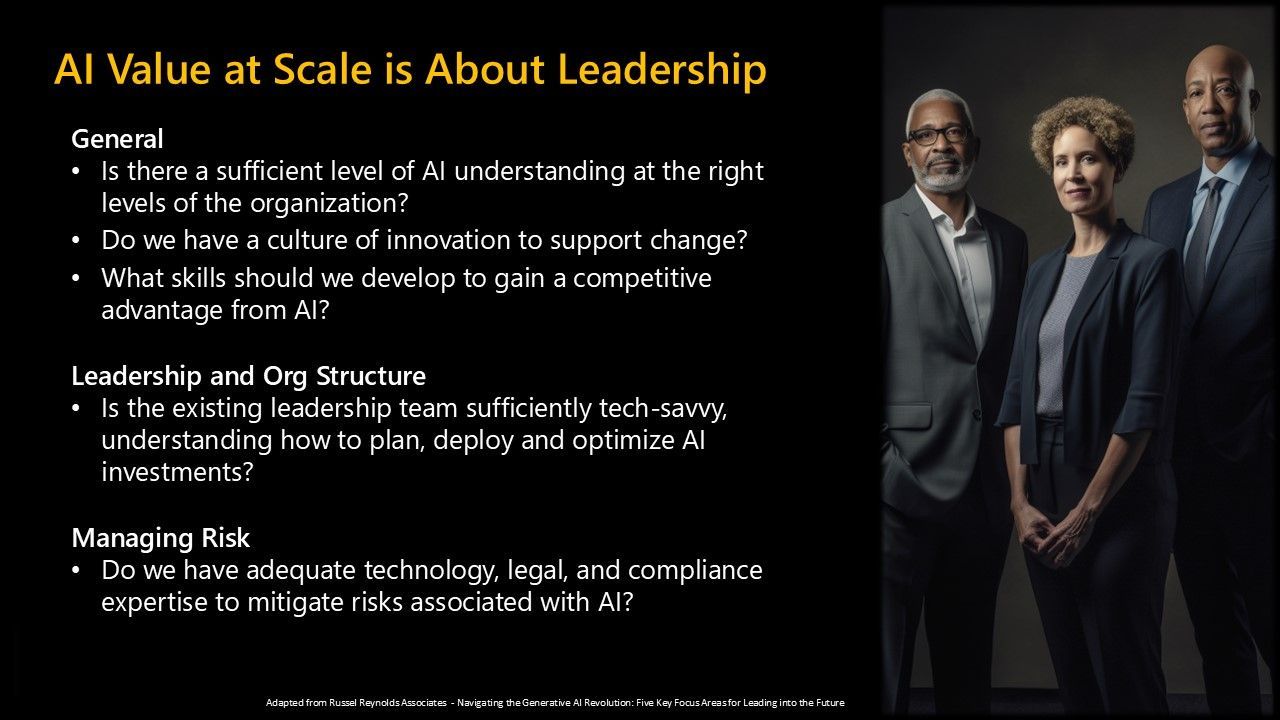
Large Language Models (LLMs) and Gen AI are so 2024
Don’t get me wrong, LLMs and Gen AI will continue generating strong value through a growing array of new use cases that benefit health and medicine. Look for additional upside potential in the next coming years as major AI vendors continue to evolve these models and capabilities.
But here’s the rub, the challenge with these is that they require massive resources, deal primarily with text, and are meant to augment human intelligence rather than take on and execute discrete tasks.
2025’s innovators are already looking beyond them. Smaller, more nimble solutions are stepping into the spotlight. Three in particular deserve attention:
Small Language Models (SLMs):
These models are the sprinters of AI—compact, faster, and built for specific tasks. They don’t require sprawling datasets or extensive computational power. In healthcare, they’re being fine-tuned for specific applications, from analyzing patient feedback to streamlining billing processes.
Multimodal Models:
These AI systems think in symphonies rather than solos. Text, images, and audio weave together into richer insights. They are especially relevant when performing tasks that require understanding across additional modalities.
Agentic AI:
This type of AI exhibits autonomous decision-making, planning, and adaptability, capable of performing finite tasks with minimal human intervention. These models plan, adapt, and operate with minimal human oversight. In healthcare, they can manage discrete tasks and workflows, freeing staff for more nuanced, human-centric activities.
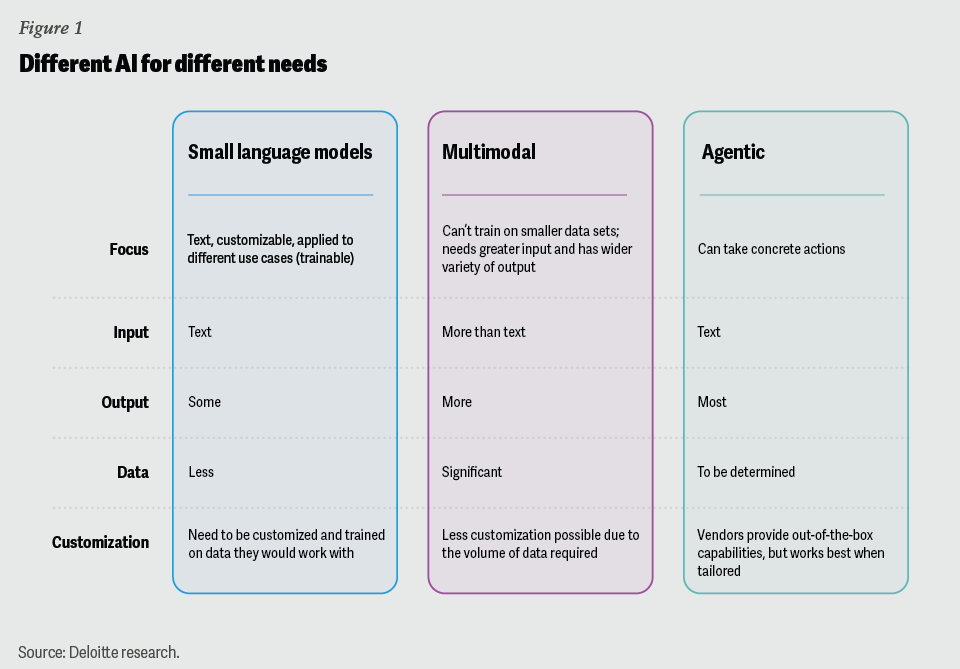
The Intelligence Race: AI in Every Corner of Your Organization
AI is the new “space race” for selling products and solutions in healthcare. Since 2022, healthcare vendors have been scrambling to differentiate their brands and solutions with AI.
As a result, every device and tool, from electronic medical records (EMRs) to the hand sanitizer dispenser at the nurse’s station, is becoming “smart.”
When it comes to generating value the challenge for healthcare leaders is deciphering aspiration from execution.
In 2025, leaders will ask sharper questions. They’ll look for demonstrations that are real and deployable, not sales pitches. Can this AI tool scale across my organization? Does it solve a strategic clinical or operational problem I care about, or is it just a “nice-to-have” add-on? How will I measure the Return on Value (RoV)?
Another layer of complexity AI is driving is in procurement processes.
We will reach a point soon where the majority of AI used in healthcare organizations will be embedded in the major systems purchased or licensed rather than AI solutions that are home-grown or from small niche vendors.
As this occurs, it’s important to adapt your organization’s purchasing, licensing, and auditing processes to reflect this change. A simple question I ask my clients is whether AI is part of their RFI and RFP processes.
Purchasing processes must assess and address how AI is used in any product to ensure patient safety, regulatory compliance, and operational efficiency. AI technologies can introduce risks related to data security, bias, and reliability, which could directly impact patient outcomes. Clear policies help healthcare organizations set expectations for transparency, requiring vendors to disclose how their AI models are trained, validated, and monitored.
Additionally, such policies protect healthcare organizations from potential liability and ensure alignment with ethical standards and emerging regulations. Integrating guidelines such as a board-adopted Responsible AI framework into purchasing and licensing processes reduces liabilities, fosters trust, drives better patient care, and mitigates unforeseen risks associated with AI adoption.
In the coming year, the AI market will continue to change and evolve at a rapid pace. As I’ve written before, this velocity of change requires leaders to think and act differently to help their teams and organizations navigate a choppy sea of change.
May 2025 be a year where foresight, not FOMO, charts your course forward.
T.
